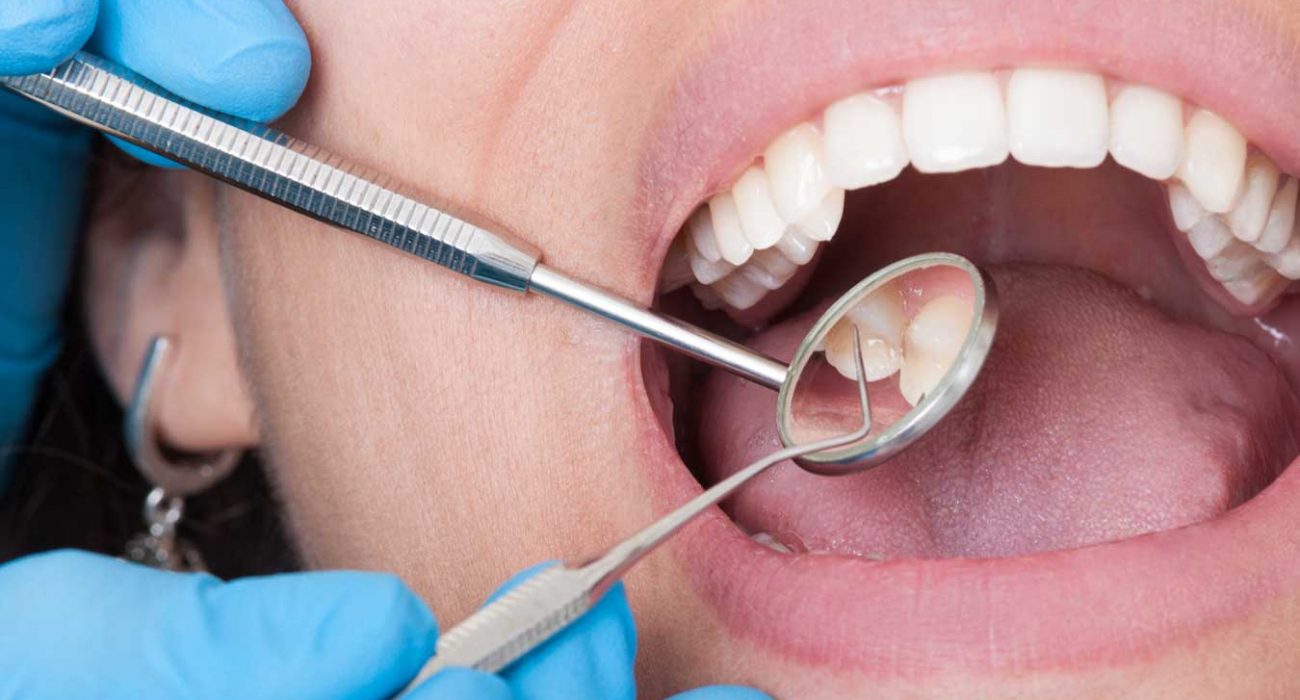Side of dentistry focused on infectious disease caused by bacteria in the oral cavity and their products that help form microbial dental plaque and act by demineralizing and destroying the outer surface of the tooth – enamel.
What are the types of carious lesions and how can we easily recognize them?
Caries begins in the enamel (the hard, outer layer of the tooth) as a result of bacteria in the bacterial plaque that “attacks” the tooth enamel, leading to the formation of cavities. These cavities are usually painless, the enamel loses its translucency acquiring a chalky appearance, thus becoming brittle, with increased porosity and increased coloring potential.
Over time, by affecting the defense mechanisms, the surface of the incipient enamel lesion yields resulting in a carious cavity. As it evolves and approaches the dental pulp (nerve), both the texture (hardness) of the underlying dentin and its color change (it becomes darker in color), symptoms associated with the onset of sweet or cold pain.
Caries on the upper surface of the teeth, occurs frequently in children because during tooth brushing these surfaces are often omitted.
Interdental caries occurs in the spaces between the tooth if brushing aids, such as dental floss or mouthwash, are not used.
Caries at the root of the teeth is often associated with gum disease or periodontitis.
What is the treatment for cavities?
complete removal of affected dental tissues;
protection of healthy tissues by using materials that insulate the tooth
restoration of dental morphology (filling, “filling”), with the help of materials that ensure the three parameters: strength, functionality and aesthetics




